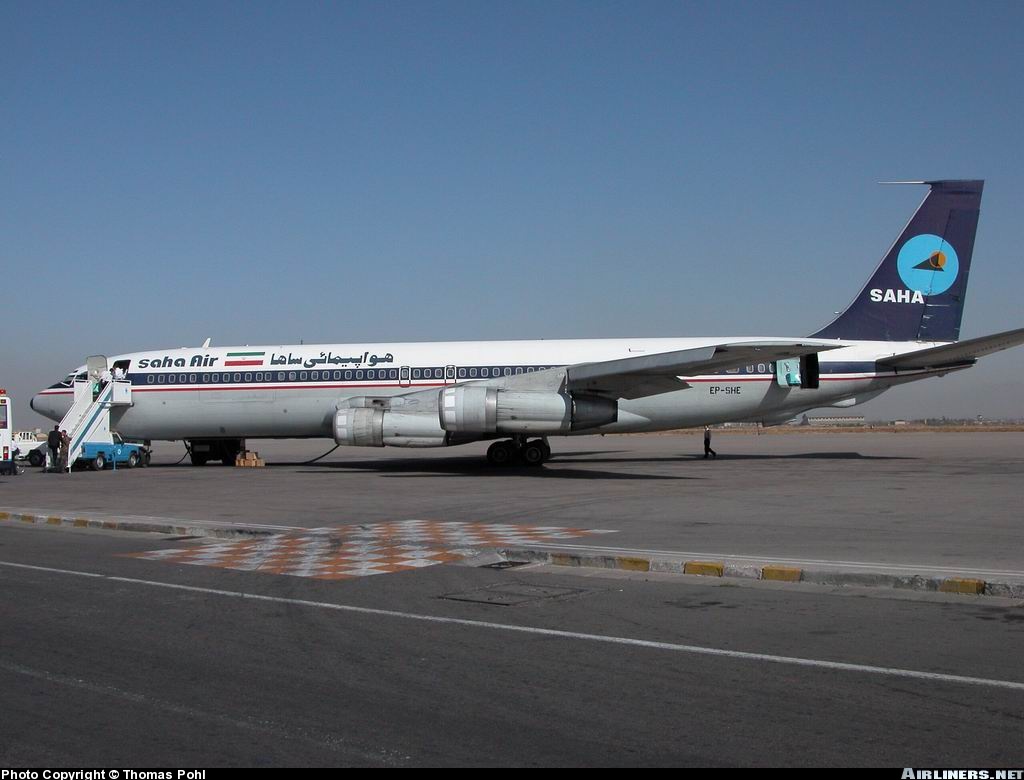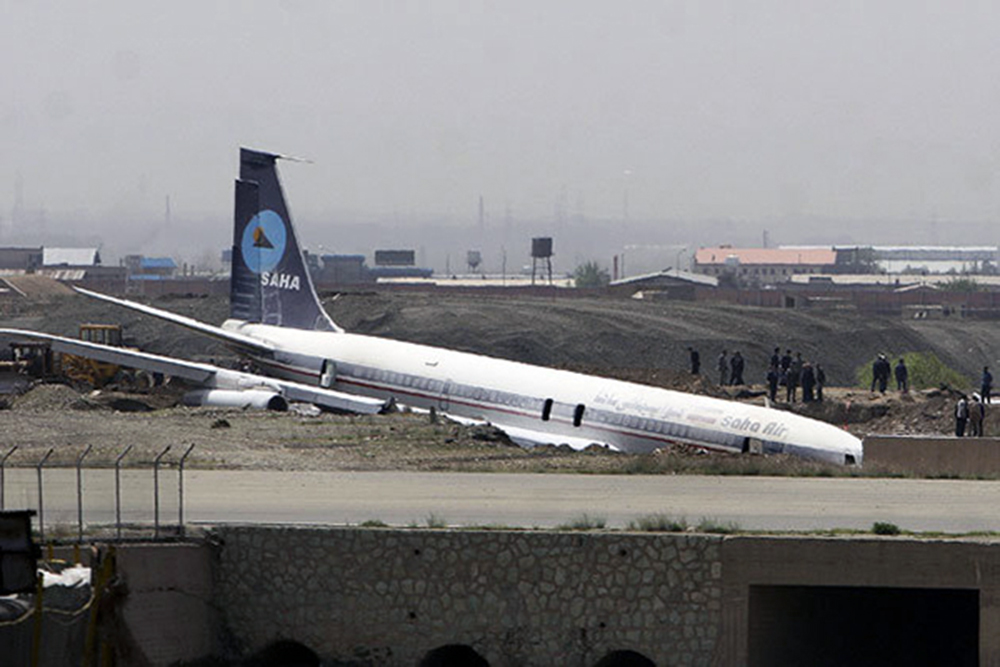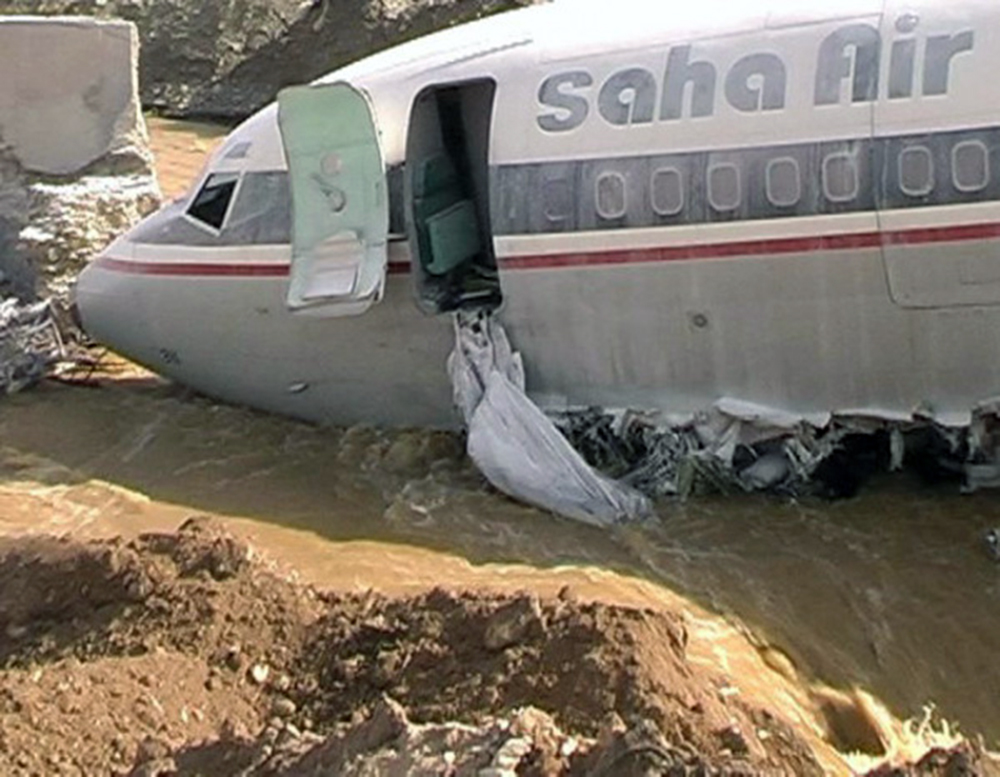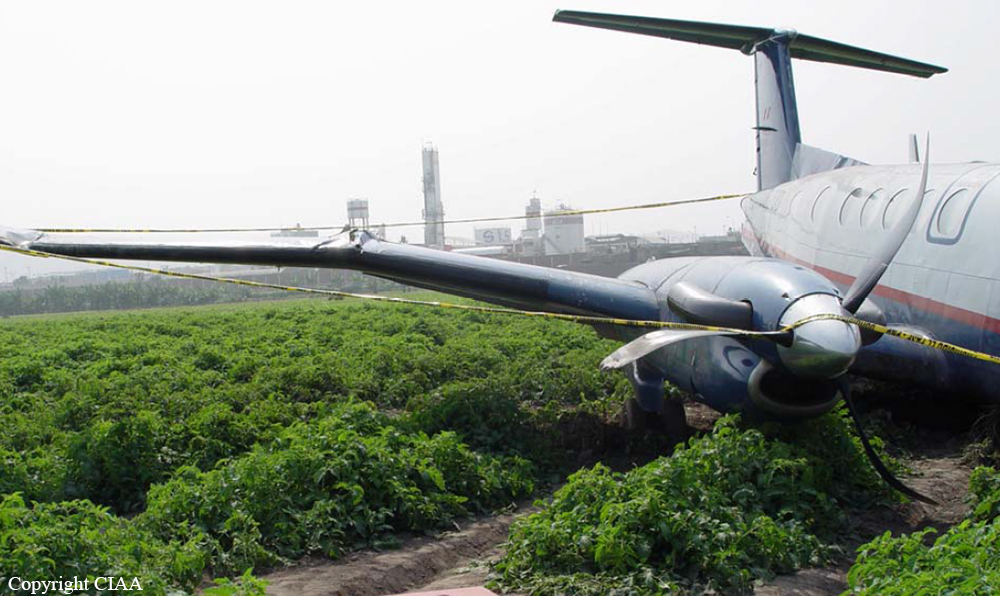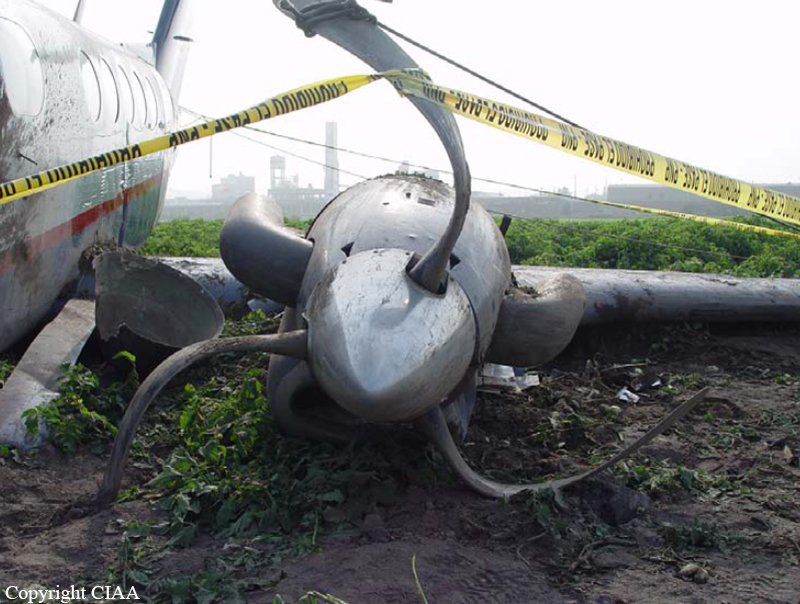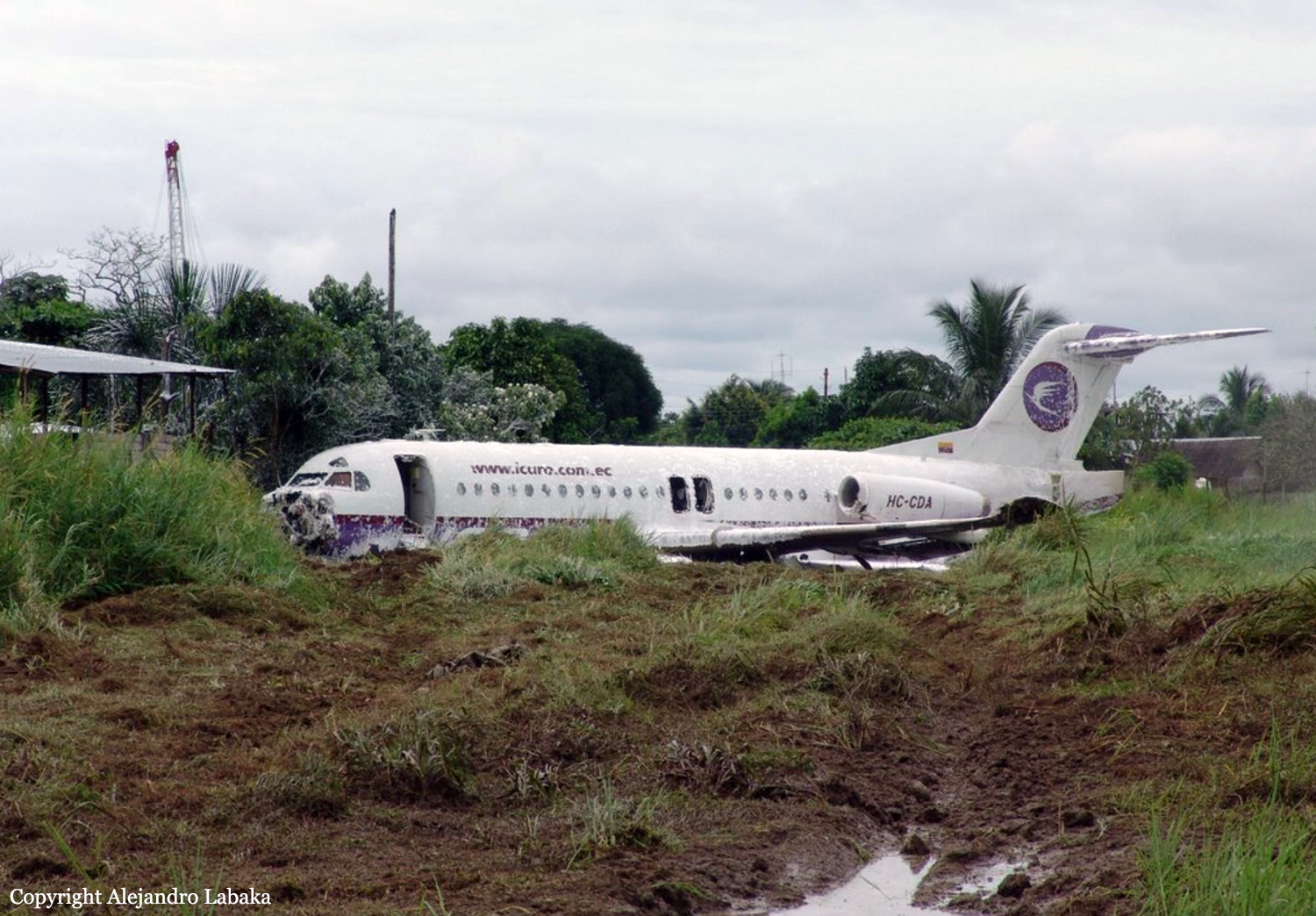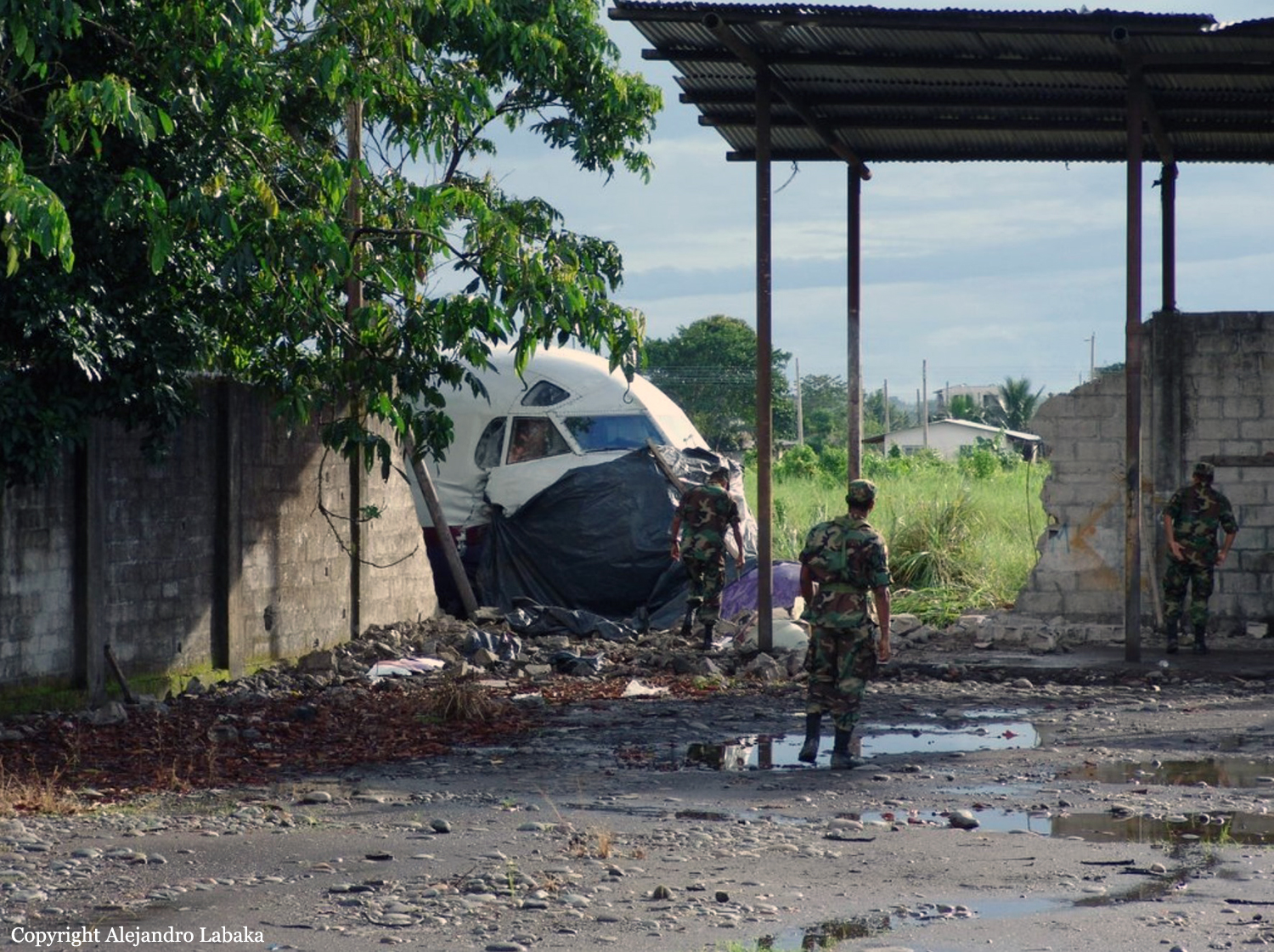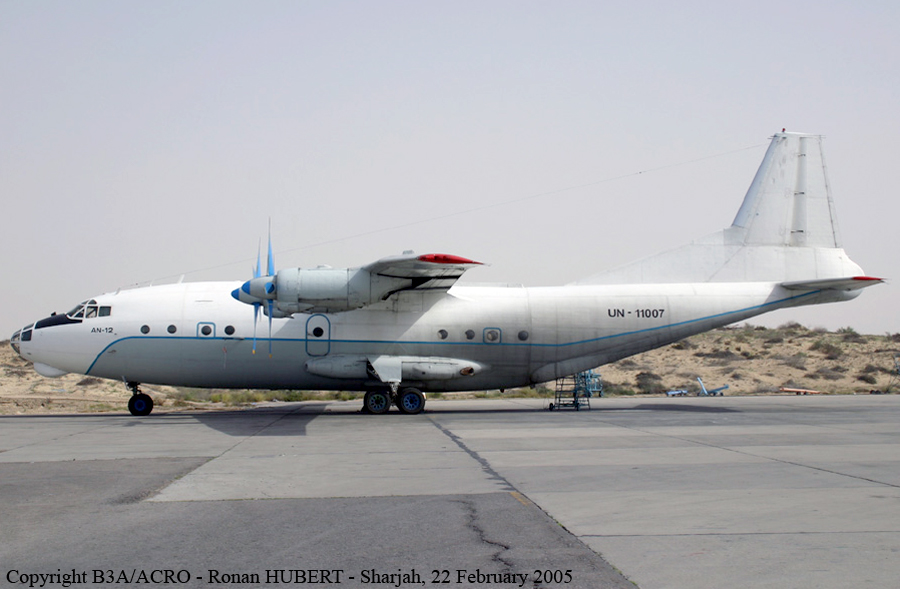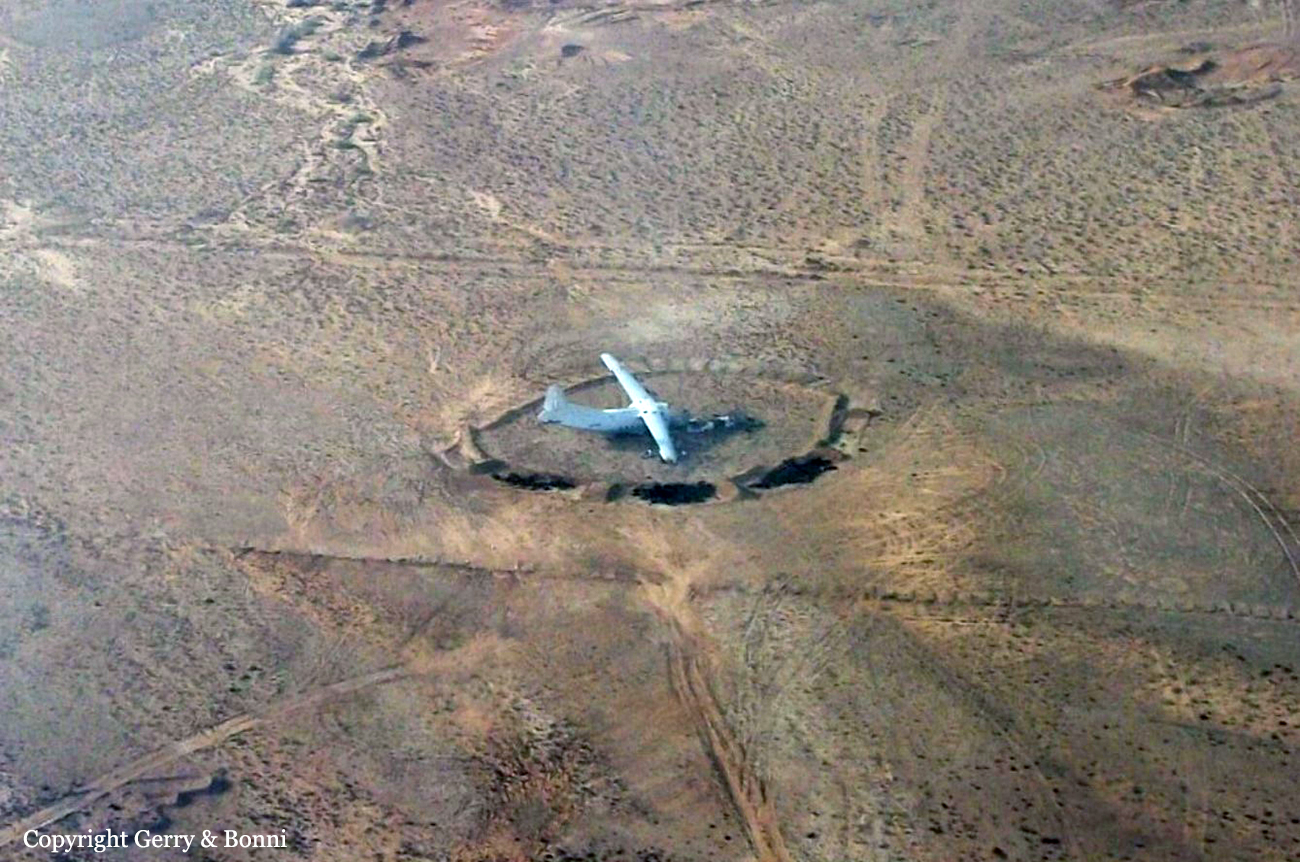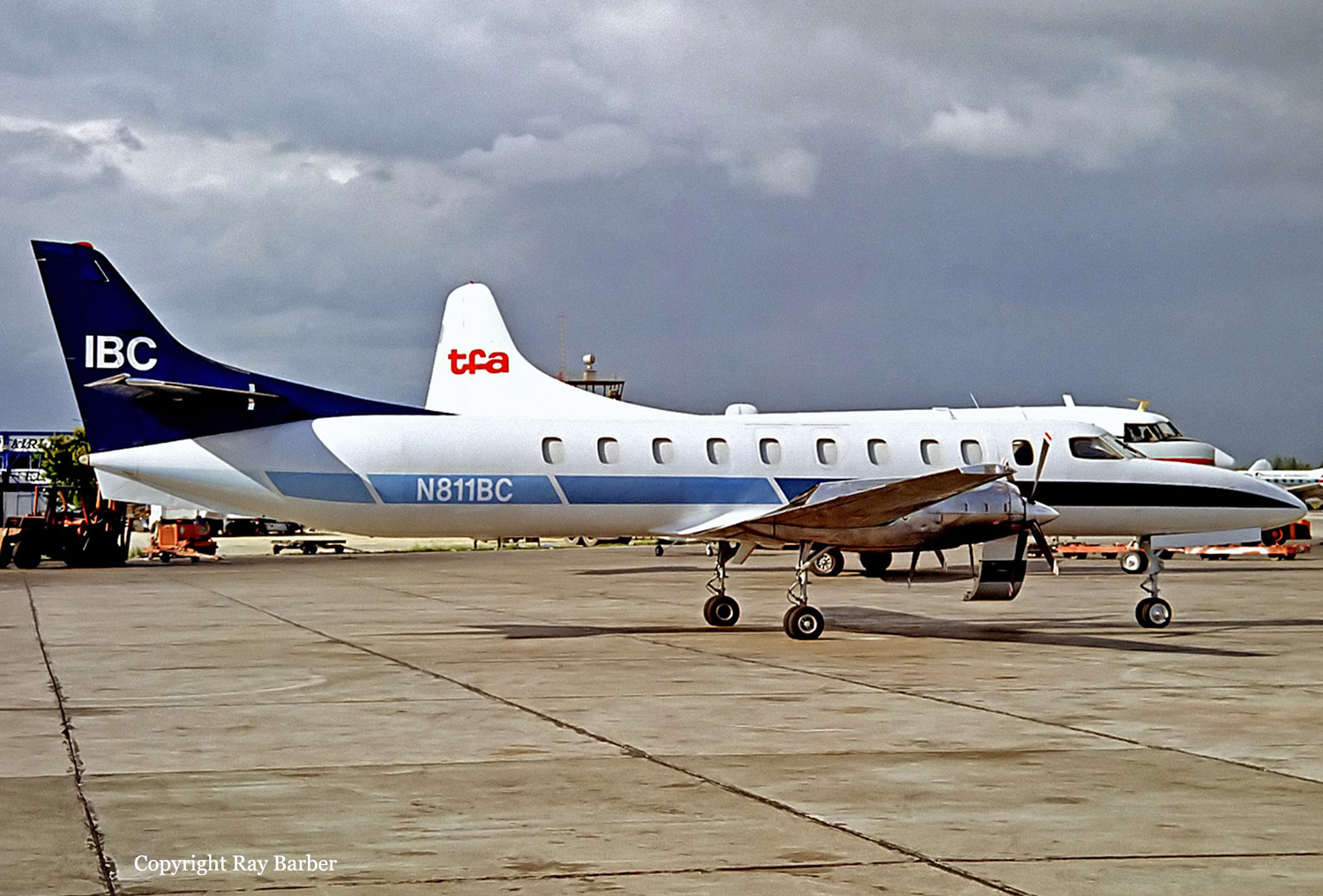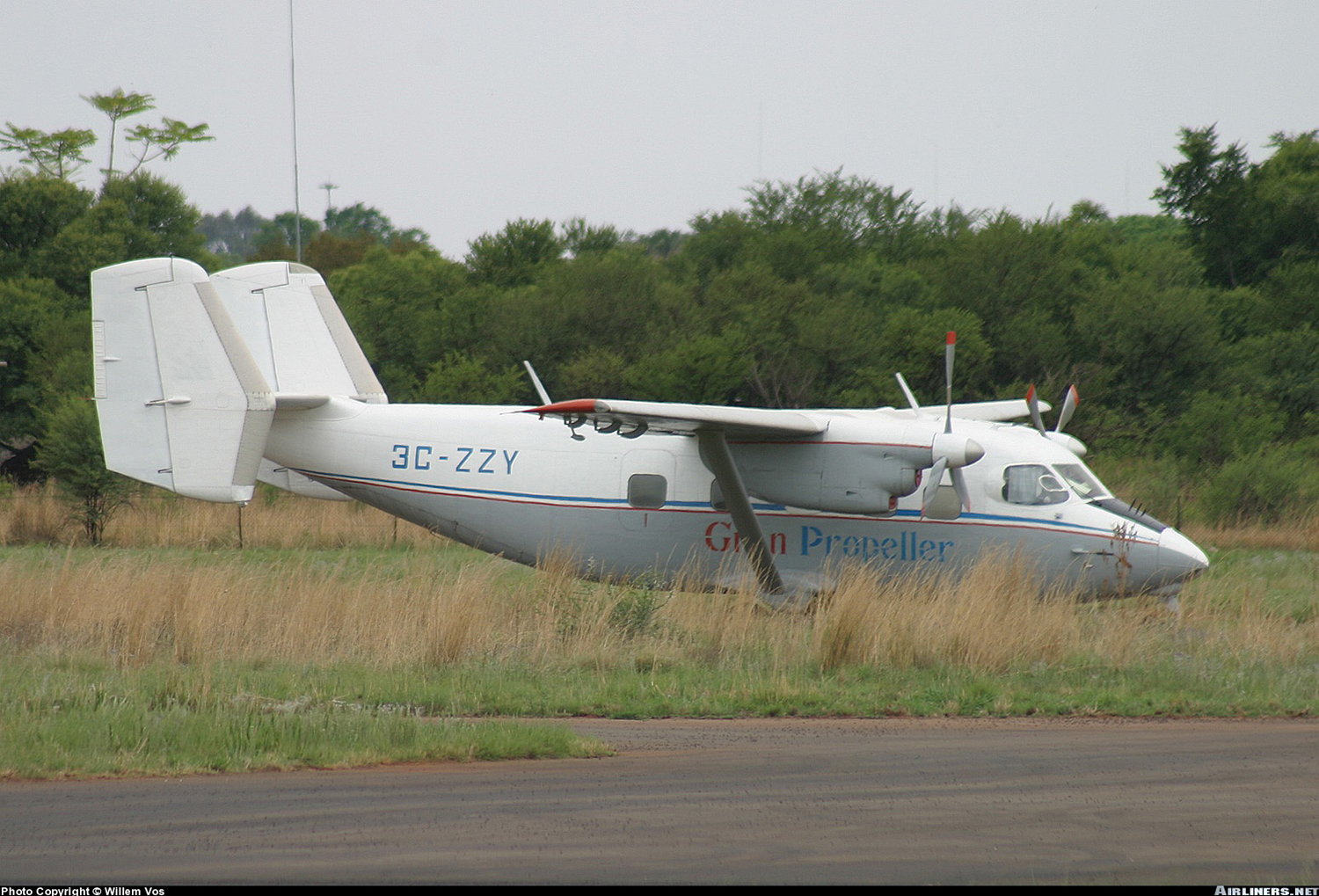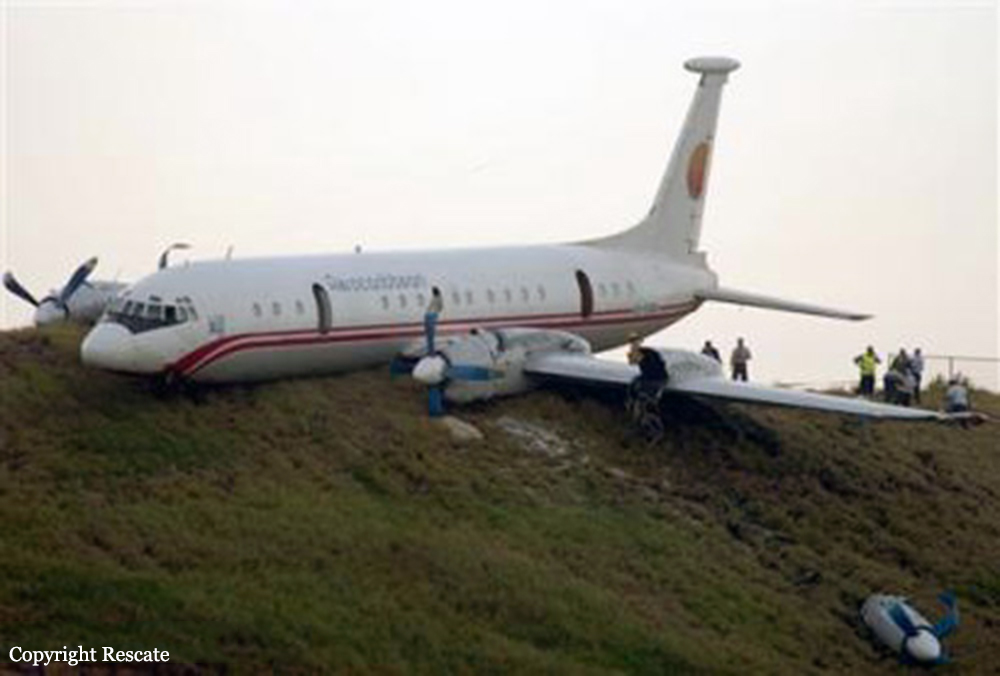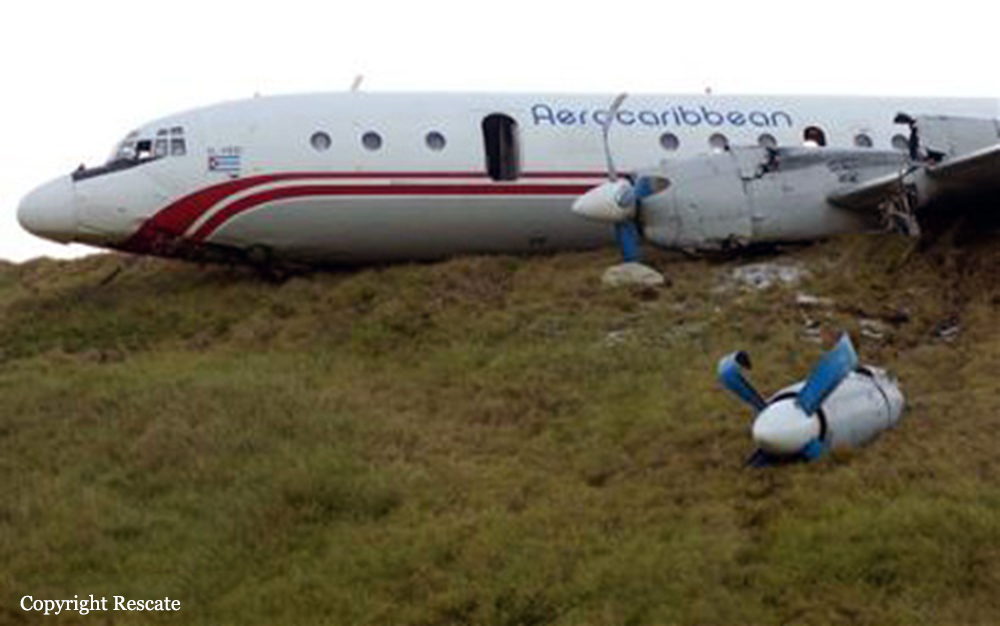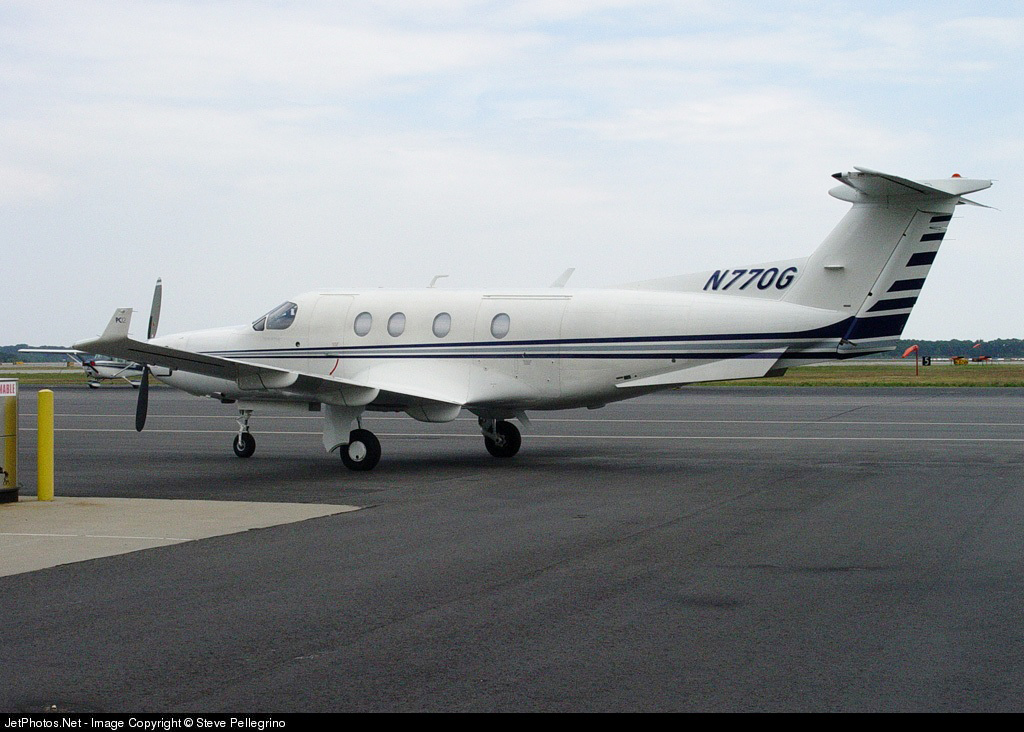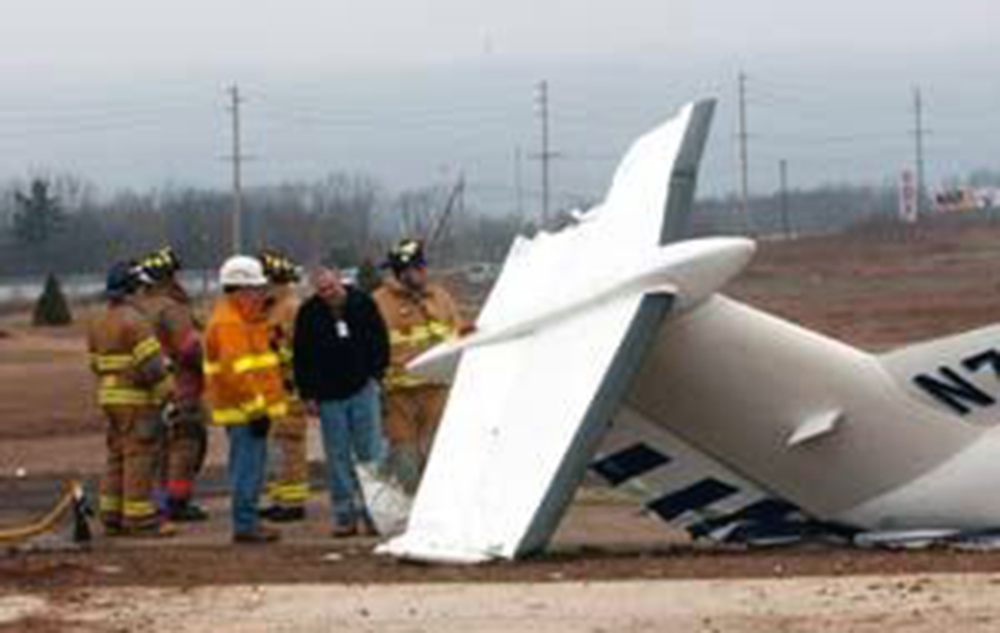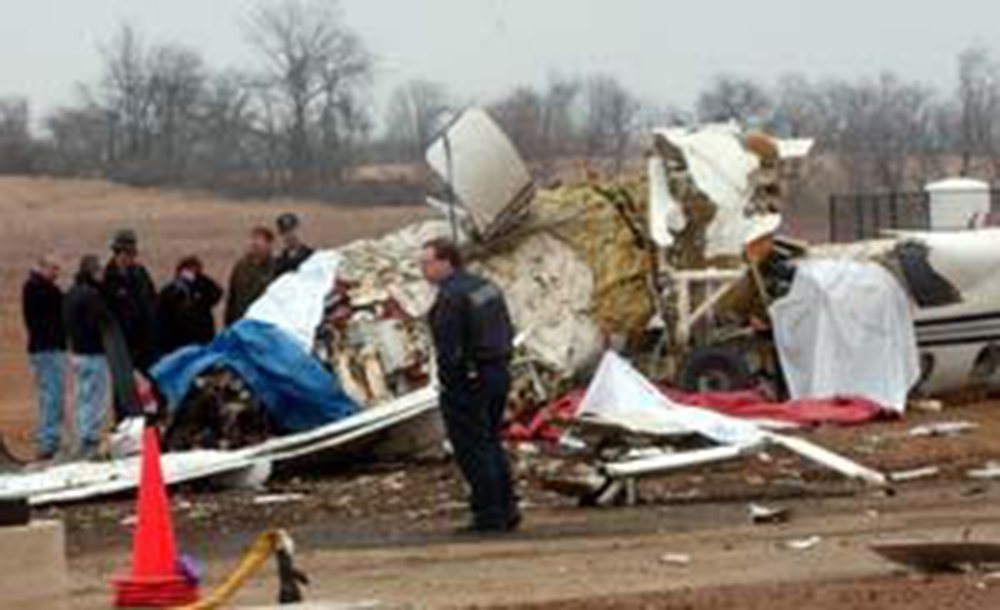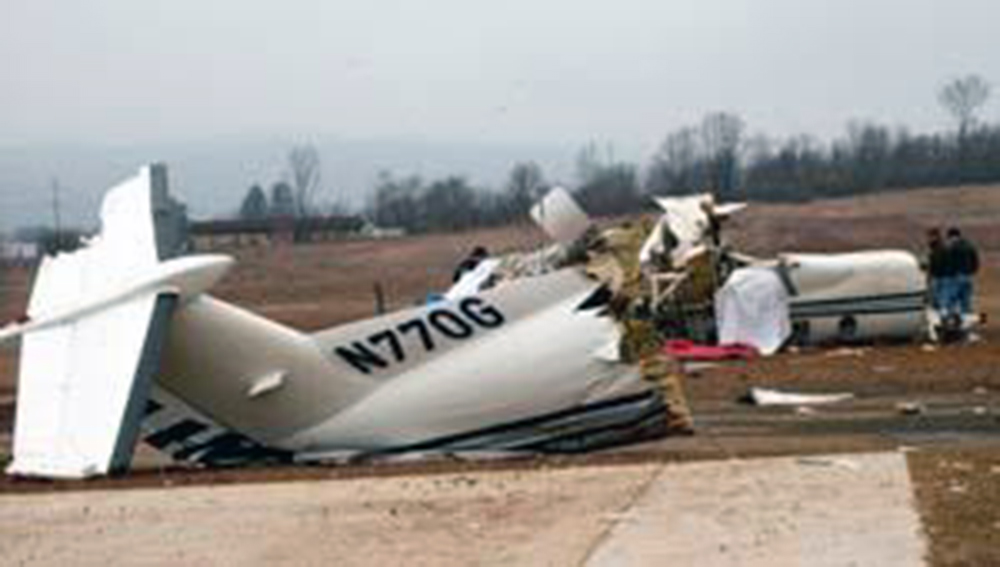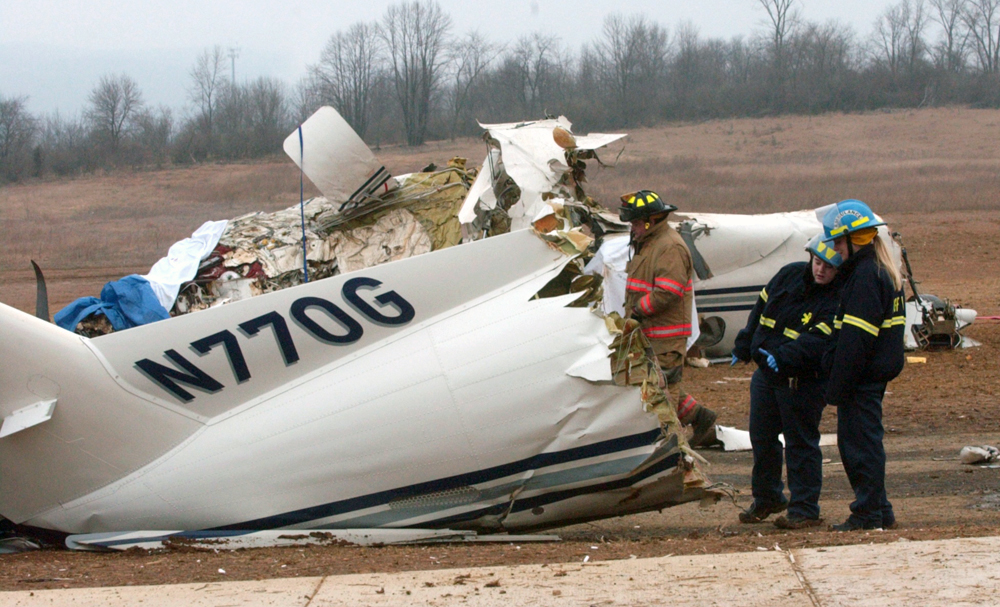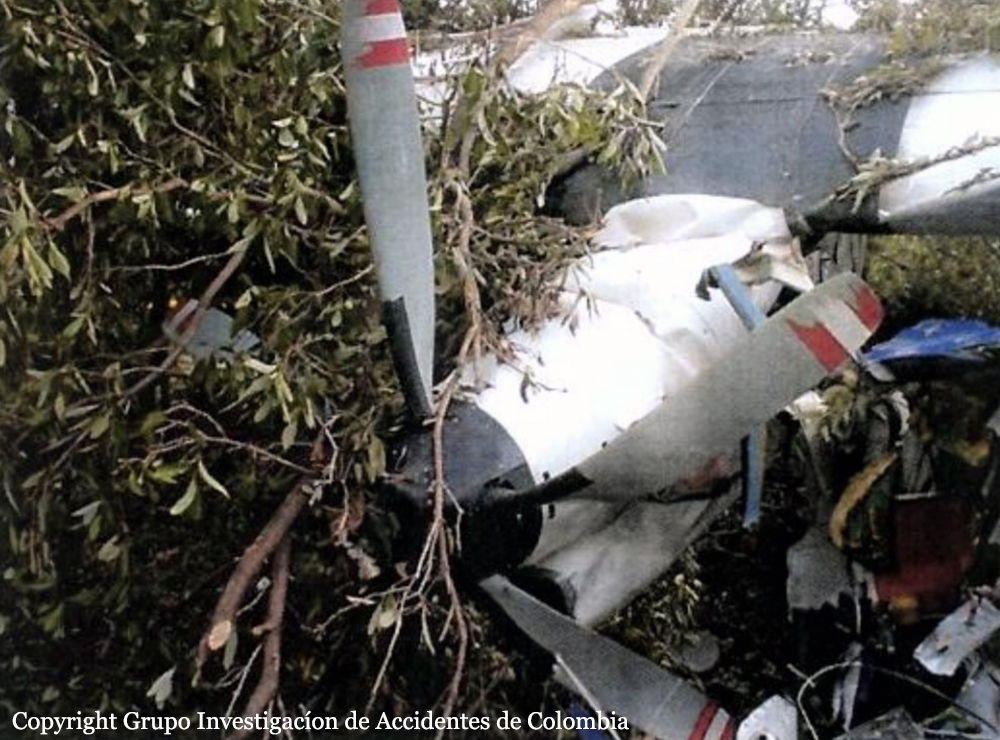Crash of a Boeing 707-3J9C in Tehran: 3 killed
Date & Time:
Apr 20, 2005 at 2205 LT
Registration:
EP-SHE
Survivors:
Yes
Schedule:
Kish Island - Tehran
MSN:
21127
YOM:
1976
Flight number:
IRZ171
Crew on board:
12
Crew fatalities:
Pax on board:
157
Pax fatalities:
Other fatalities:
Total fatalities:
3
Circumstances:
Following an uneventful flight from Kish Island, the aircraft landed by night on runway 29L at Tehran-Mehrabad Airport. After touchdown, the aircraft encountered technical difficulties and was unable to stop within the remaining distance. It overran, went down an embankment and came to rest in the Kan River canal located about 200 metres from the runway 11R threshold. All undercarriage as well as the engine n°3 were torn off. The aircraft was written off. Three passengers died while 50 others were injured.
Probable cause:
The exact cause of the accident is unknown. Nevertheless, it is believed that the aircraft suffered a gear failure or tyre burst after touchdown.
